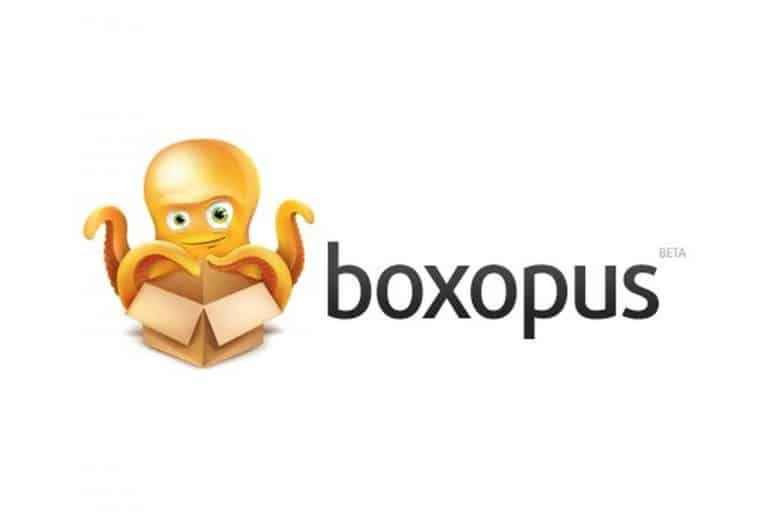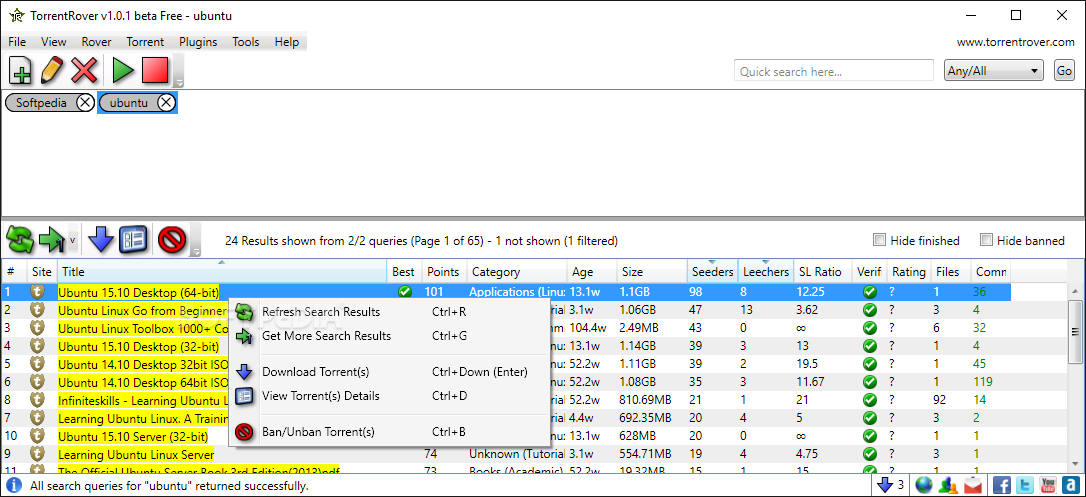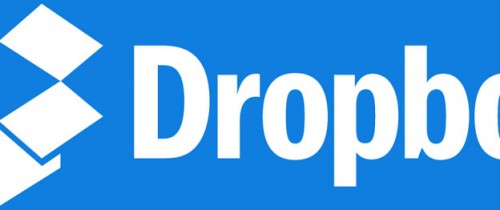
No progress indicators within Windows, just an irritating balloon tip.It’s still in alpha state, which means it is liable to eat your data, your hard drive and your children’s pet rabbit.Nevertheless, it’s a reminder: this is alpha (experimental) software be careful. There may be some low-level disk calls that overtaxed drives that were already heading towards the end of their life. Shortly after this, the server suffered a catastrophic disk failure. The web interface for the Linux version is more polished:ĭuring the private alpha stage, I tried syncing between a Windows 7 laptop and a Linux server. The Windows interface is pretty minimal at the moment:

It’s currently available for Windows, Mac and Linux. Last week, the public alpha was released. This year, BT Sync has been in private “alpha” (software in heavy testing, likely to contain bugs, which may be serious). The principle of BitTorrent sync is that you use the efficient BitTorrent protocol to distribute your own files privately amongst approved devices. From the company that brings you the controversial peer-to-peer file sharing system and the popular BitTorrent client, µTorrent, comes a new “cloud-less” file sync technology, BitTorrent Sync. There are Google Drive, Microsoft SkyDrive, Cubby (from LogMeIn), Mozy and so on.

Of course there are lots of companies on the cloud storage bandwagon, big names and small. (I use TrueCrypt to encrypt my laptop’s hard drive, as you should by the way, but that’s a different story.) Anyway, any squeamishness we have about cloud storage is likely to die away in the near future, when it’s no longer quite so new and scary. Between my laptop being hacked/stolen and Dropbox being hacked(/stolen?!), my money’s on my laptop.

Yes, Dropbox has my stuff, but the chances are that Dropbox’s security measures are better than my own. When you read elsewhere about the weaknesses of Dropbox, privacy seems to be the big one. Dropbox has many flaws, but its great strength is how simple it is to use (my most inept users can manage it). Unless you’ve been living in a cave for the last five years, you’ll have heard of cloud sync poster child Dropbox. They’re so confident no one can get your data that they’ve offered a bounty to anyone who can break into their systems.

In other words, unlike with DropBox, if their servers are compromised, any data recovered would still have to be decrypted before an attacker could access it. It is similar to DropBox, with the added advantage that your data is encrypted on Tresorit’s servers. UPDATE: if the process below seems like a bit too much hassle, we would currently recommend Tresorit.


 0 kommentar(er)
0 kommentar(er)
